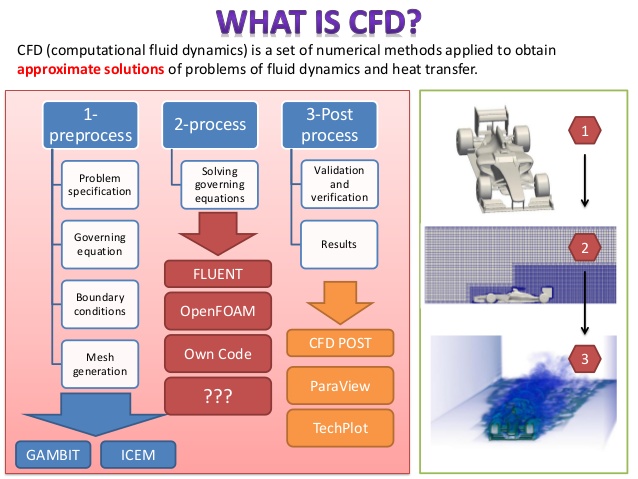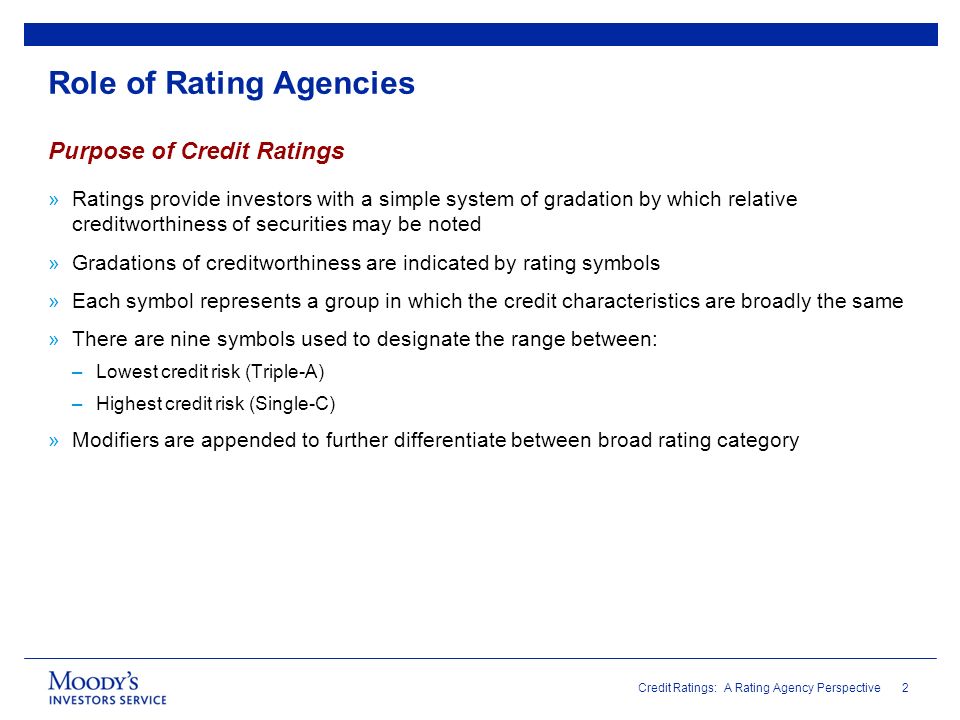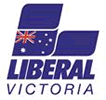Content

Keep in mind that landlords might be forced to cutback on certain services that were previously offered to the tenants to reflect the lack of operating income such as heat or building maintenance. When this does not occur, demand will continue to outpace supply and a shortage of the good or service will ensue. Price ceilings, like most concepts in economics, have various opportunity costs.

As we have learned, technological improvements cause the supply curve to shift to the right, reducing the price of food. While such price reductions have been celebrated in computer markets, farmers have successfully lobbied for government programs aimed at keeping their prices from falling. Figure 4.6 “Price Floors in Wheat Markets” shows the market for wheat. At PF, we read over to the demand curve to find that the quantity of wheat that buyers will be willing and able to purchase is W1 bushels.
The Long-Term Effects of a Binding Price Ceiling
The demand for the goods is high, but the prices are not enough to motivate producers to supply them. When a price ceiling is set below the market value, it creates excess demand, leaving consumers wanting goods but unable to purchase them. For example, a doughnut store selling fresh doughnuts for $0.10 each would be difficult to purchase because the price is significantly below the normal market price. A price ceiling, aka a price cap, is the highest point at which goods and services can be sold. It is a type of price control and the maximum amount that can be charged for something.
- This, of course, leads to new problems, such as a decline in the building of new housing, but governments often do not account for the future.
- The problem with any type of price control is that it can achieve the opposite of what you intended it to achieve.
- Thus, if the price floor is imposed in order to be of benefit to sellers, we would not expect to see the price increased to the point where demand becomes elastic, for otherwise the sellers receive less revenue.
- A price ceiling is said to be ineffective if it does not change the choices of market participants.
- They can negatively impact producers and sometimes even the consumers they aim to help, by causing supply shortages and a decline in the quality of goods and services.
- The price ceiling keeps prices lower than the supply demand cycle would otherwise.
A shortage occurs as the lower price stimulating higher demand, and at the same time, it encourages producers to provide less. A price ceiling is a government-imposed limit on how much a product or service can be sold for. It is like a maximum price example of price ceiling that can be charged for something, and it is usually set below the market price. The goal of a price ceiling is to make a product or service more affordable for consumers, but it can also lead to shortages and other unintended consequences.
What Is the Difference Between Price Ceilings and Price Floors?
The collective bargaining agreement between the two associations outlines a number of situations where a player is eligible to receive a maximum salary. Below is a snipped for newer players in the league with less than seven years of service. Some governments may cap the prices of essential goods, such as food and fuel, in order to ensure access to these essential goods and prevent profiteering. For example, following the Russian invasion of Ukraine, the German government pledged to cap energy prices due to the shortage of Russian natural gas.
The most important aspect is already labeled as surplus, and this is the fact that by paying a wage above market equilibrium, suddenly more people are going to want to work than before. Because the equilibrium is below the ceiling, it really has no effect. However, this does nothing for prices if the equilibrium point is too high. Producers at various levels experience rising and falling marginal costs. Means to produce 20 units may cost them a dollar each, but if producing 500 units, the 500th unit cost $3 to produce. So when the price falls, only the level of the production below the new price is feasible.
Almost every industrialized country in the world has a federal minimum wage set. An employer is not allowed to pay less than this amount to employ someone in their country. In USD the hourly minimum wage for 2020 ranged between $1.05 in Mexico and $13.78 in Luxembourg. Above the green triangle represents the producer surplus – the extra gain producers receive for producing up to the equilibrium quantity of Q while having a lower average cost of production. A manufacturer of screwdrivers named ‘No Screws Loose’ determines their average cost for a screwdriver is $5. While their competitor ‘Screwdriver Madness’ invested in an efficient way to make screwdrivers, their average cost is $4.
A minimum allowable price set above the equilibrium price is a price floor. With a price floor, the government forbids a price below the minimum. In this section we will examine agricultural markets and apartment rental markets—two markets that have often been subject to price controls. Through these examples, we will identify the effects of controlling prices. In each case, we will look at reasons why governments have chosen to control prices in these markets and the consequences of these policies. Because the government sets a maximum price below the equilibrium price, the market experiences a shortage because the quantity demanded is greater than the quantity supplied.
A price floor sounds strange to many people when they first hear of the concept. Why would people be forced to pay more than the market value for a product or service? The government has placed a price control in place to ensure that at least a minimum amount is paid. Despite the confusion about the concept, most people actually support it when they know the most common example.
Graphical Representation of an Effective Price Ceiling
In many markets for goods and services, demanders outnumber suppliers. Consumers, who are also potential voters, sometimes unite behind a political proposal to hold down a certain price. Some of the best examples of rent controls occur in urban areas, such as New York, Washington D.C., or San Francisco. Price Ceiling refers to fixing the maximum price of a commodity at a level lower than the equilibrium price.
The big pro of a price ceiling is, of course, the limit on costs for the consumer. It keeps things affordable and prevents price-gouging or producers/suppliers from taking unfair advantage of them. If it’s just a temporary shortage that’s causing rampant inflation, ceilings can mitigate the pain of higher prices until supply returns to normal levels again. Some areas have rent ceilings to protect renters from rapidly climbing rates on residences. Such rent controls are a frequently cited example of the ineffectiveness of price controls in general and price ceilings in particular.

A broader and more theoretical objection to price ceilings is that they create a deadweight loss to society. This describes an economic deficiency, caused by an inefficient allocation of resources, that disturbs the equilibrium of a marketplace and contributes to making it more inefficient. Price ceilings are normally imposed during periods of, or directly following economic hardship, famine or war.
Price floor
The problem with any type of price control is that it can achieve the opposite of what you intended it to achieve. So, while a price ceiling like rent control or a gas-price limits might make essential goods more affordable to consumers in the short term, the long-term benefits are less clear. A minimum wage (Wmin) that is set above the equilibrium wage would create a surplus of unskilled labor equal to (L2 – L1). That is, L2 units of unskilled labor are offered at the minimum wage, but companies only want to use L1 units at that wage. Because unskilled workers are a substitute for a skilled workers, forcing the price of unskilled workers higher would increase the demand for skilled labor and thus increase their wages. If rent control creates a shortage of apartments, why do some citizens nonetheless clamor for rent control and why do governments often give in to the demands?
The price ceiling amount is typically below the market equilibrium price (the price a consumer is willing to pay for a good or service), so it’s effective. Rent control becomes a politically hot topic when rents begin to rise rapidly. Perhaps a change in tastes makes a certain suburb or town a more popular place to live. Perhaps locally based businesses expand, bringing higher incomes and more people into the area.
First of all, notice that the market price is lower on the graph than the free market equilibrium. Notice that the consumer surplus is much larger than the producer surplus – this is because ceilings are largely designed to benefit consumers. This means that the consumers are getting a much better deal than the producers are. Also, for now, we’re going to ignore the deadweight loss, but we’ll come back to it later in this lesson. The opposite of a price ceiling is a price floor, which sets a minimum purchase cost for a product or service.
Apartment price control in Finland
In 2008, as farm prices reached record highs, Congress passed a farm bill that increased subsidy payments to $40 billion. It did, however, for the first time limit payments to the wealthiest farmers. Individual farmers whose farm incomes exceed $750,000 (or $1.5 million for couples) would be ineligible for some subsidy programs. But, with price floors, consumers pay more for food than they would otherwise, and governments spend heavily to finance the programs.
I know I told you to ignore it, but do you at least remember where to find it? If you said it’s the triangle between the red dotted line, the blue supply line, and the red demand curve, you’d be right, and that’s what we’re going to talk about next. The local government can limit how much a landlord can charge a tenant or by how much the landlord can increase prices annually.
Irrespective of the situation, price ceilings are enacted in an attempt to keep prices affordable for those who are demanding the product. The supply and demand framework can be used to better understand price ceilings. To increase profits from black marketing, producers of the product will sometimes purposefully reduce the availability of the product in the legal market. This is known as a surplus, and it can create something called a deadweight loss to society.
After all, in many places, it’s hard to find people to work for less than minimum wage, even if a company tried. Identify which word is incorrect in this definition.Deadweight loss is the lost efficiency of disrupting a free market equilibrium. This lost efficiency as a result of a price ceiling takes the form of the loss of economies of scale for producers and the increase in supply for consumers who would willingly pay more than the price ceiling. With a price ceiling, the deadweight loss represents the lost income and economies of scale for producers and a shortage for consumers who’d gladly pay more but are unable to buy the product at all.





































